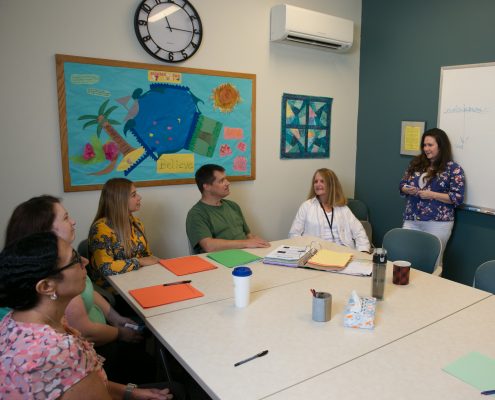In observation of National Preparedness Month and with growing concerns of natural disasters, acts of terrorism and disease outbreaks it is important to make sure you and your family are prepared for an emergency. Fortunately, with future planning you can ensure you and your loved ones are ready should disaster strike.
The Office of Public Health Preparedness and Response offers an easy three step approach to preparing for an emergency:
Step 1 – Each individual/family should pack an emergency supply kit containing:
At Least a 3-day Supply of Food and Water
- Water – one gallon per person, per day
- Food – foods that are easy to make and won’t spoil
- Manual can opener
- Basic utensils to prepare and serve meals
Health Supplies
- 3-day supply of all medicines, at a minimum
- Medical supplies like syringes, a walking cane, or hearing aids with extra batteries
Personal Care Items
- Soap
- Toothbrush and toothpaste
- Baby wipes
- Contact lenses or glasses
Safety Supplies
- First aid kit
- Emergency blanket
- Multipurpose tool (that can act as a knife, file, pliers, and screwdriver)
- Whistle
Electronics
- Flashlight
- Radio (battery-powered, solar, or hand-crank)
- Cell phone with chargers
- Extra batteries
Documents
- Copies of important documents such as insurance cards and immunization records
- Paperwork about any serious or on-going medical condition
Step 2- A disaster plan should be created that outlines:
- Emergency contacts
- Escape routes
- Meeting places
Step 3- Stay Informed
- Check with your local emergency management agency to find out how to receive emergency alerts
- Visit com. to sign up for alerts for the City of Harrisonburg and Rockingham county
- Listen and watch reliable news sources
- Understand the difference between a watch and a warning
- Watch – a high possibility that a weather emergency will occur
- Warning- a weather emergency is already happening or will happen soon
For More information on how to properly prepare for an emergency please visit https://emergency.cdc.gov/preparedness

